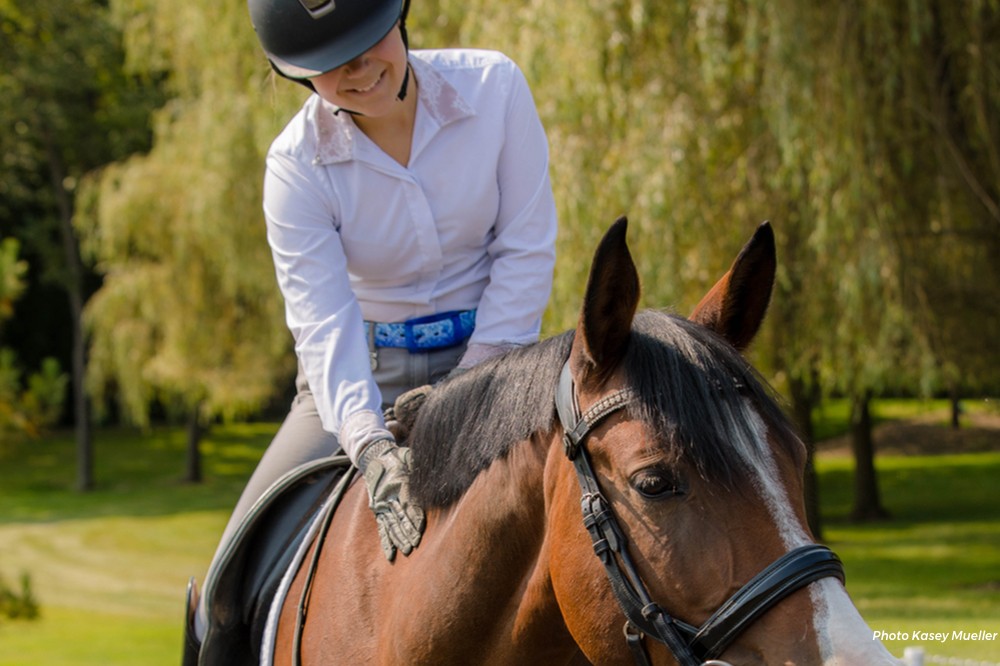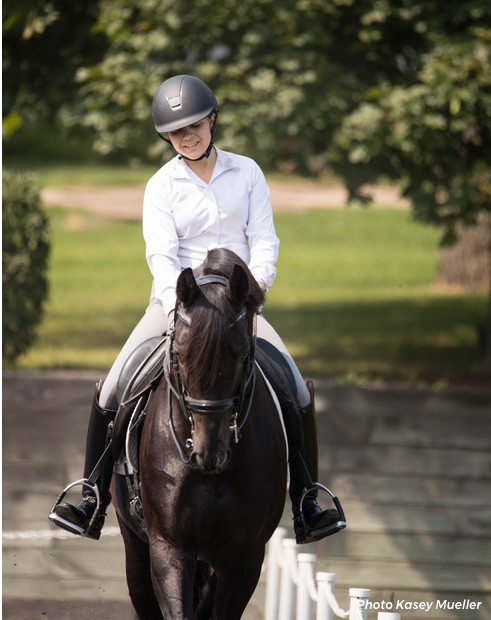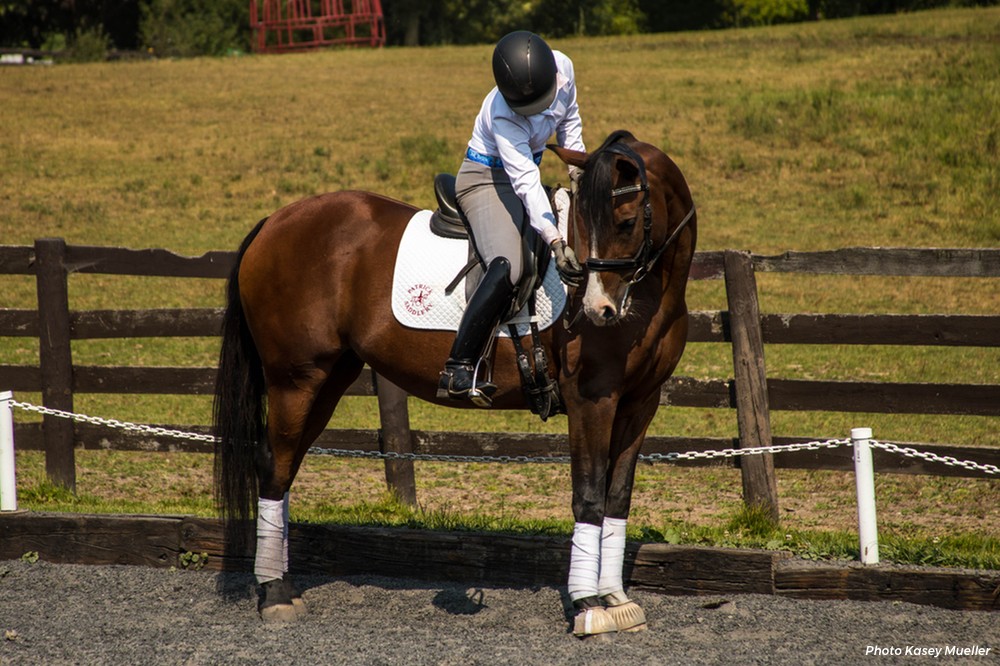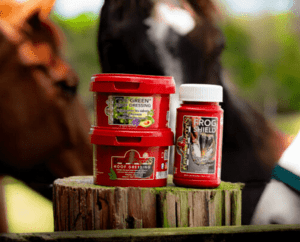Praise The Horse: Build Confidence with Positive Training

Training horses is all about a reward system. When the horse does something correct, encouragement from the rider tells them they have made the right choice. Praise allows us to develop trust with the horse and give him a desire to perform, and knowing what motivates your horse will make you the best rider possible. Remember that every second of the ride, you are either training or un-training your horse.
Benefits of Rewards
Horses have a three-second association time to relate a positive or negative response from the rider to their action. Clear communication with rewards reinforces good behavior. Like a student in a classroom that receives a gold star, a reward encourages the horse to strive to do his best.
When the horse understands the expectations and knows his work is appreciated, it makes the horse relaxed and confident. And it shows the horse that the training is fun and not too serious. This type of riding promotes a good work ethic in the horse.
Read this next: Incorporate Classical Dressage Into Your Everyday Riding
Types of Rewards
Performing their highlight: For many horses, allowing them to perform a movement which enjoy and find easy is a great start. Some horses love extended trot and some love flying changes. Knowing your horse’s highlight will benefit you in allowing him to have fun as a reward. When I am working on series changes, I will often ride in a half-seat when the horse has done a good line, and allow him to go for a short gallop around the arena. This also ensures that the horse doesn’t take the work too seriously, and that he is enjoying the learning process.
Pat on the neck and softening the inside rein: A pat on the neck goes a long way in communicating to your horse that he’s on the right track. Always pat with the inside hand to confirm ‘inside leg to outside rein’, showing that you can give on the inside. Your horse associates the giving on the inside rein with a pat on his neck as a reward. Then it is also an option to give or soften the inside rein softly toward the mouth.

Walk breaks and stretching after difficult work: An obvious reward is giving the horse a walk break. Especially during difficult work, such as collection, a walk break reconfirms to the horse that he is doing the right thing. It allows the horse and his muscles to recover. It’s similar to allowing the horse to stretch after collected work to allow him to relax. When a horse works on canter pirouette work for example, many enjoy stretching in the canter. Make sure the horse stays in a good balance while stretching for maximum benefit.

No matter what the reward, positive training with frequent praise promotes a confident horse.

